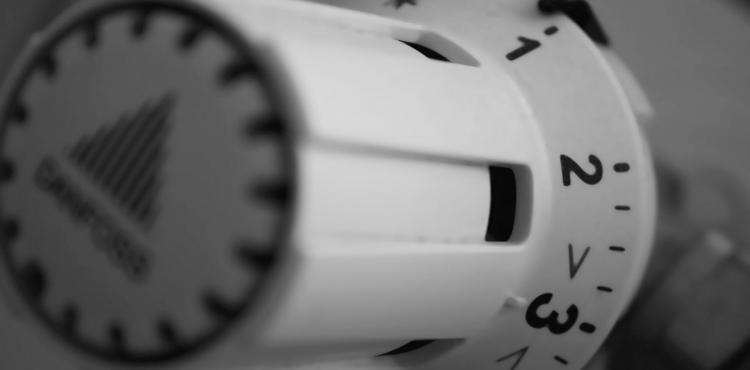
The following tool has been developed in the frame of the EmBuild project which has received funding from the European Union’s Horizon 2020 programme.
It is widespread knowledge that the European Union’s climate and energy targets can only be reached if the energy consumption of Europe’s building stock is significantly reduced. Buildings are responsible for 40% of energy consumption and 36% of CO2 emissions in the EU. New rigid policies and legislation have been passed at EU and national level that demands new dwellings to fulfil highest energy efficiency standards. The biggest challenge, however, lies with the existing building stock. According to Eurostat, about 2/3 of buildings in the EU were constructed before 1980 and less than 10% of today’s buildings were built in the 21st century. Renovating the many million buildings that were constructed with low energy efficiency standards is a massive undertaking.
The good news, however, is that many low and no-cost measures exist that can be applied without major investment and without major interruption of the building use. There is no or only little planning necessary, no tenders or public procurement processes have to be started. Most of the measures described can be implemented with the assistance of energy experts. The reduction in energy use that could be achieved by applying such measures could be significant. The savings that the small steps generate will improve the financial situation in the municipalities and may trigger deeper renovations.
Which low and no-cost measure can be applied in a specific building depends on the construction material, the way energy is used and how the building and its equipment are maintained. This, of course, varies from building to building and from country to country. In general, however, one could think of three major categories:
- Energy monitoring and controlling;
- Optimization of the technical infrastructure; and
- “Non-technical” measures, like awareness raising.
This catalogue summarizes typical no and low-cost measures. Depending on the specific context, the type of buildings and the technology available, some of these measures will be more applicable than others. EmBuild’s approach will be as follows: the catalogue is published on EmBuild’s website and continuously updated. Simultaneously, national EmBuild partners extract those measures that will be most applicable by their focus municipalities and publish them in an appropriate format.



